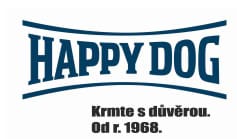Exhibition manual
[et_pb_section][et_pb_row][et_pb_column type=”4_4″][et_pb_text]
Are you new to exhibitions?
Would you like to try it?
Do you know how to do it?
It’s simple. Fill in the application form for the exhibition of your choice. For the Swiss Mountain Dog breeds, there are club and special shows where you can meet these breeds.
Please send the application form together with a copy of the dog’s pedigree and a copy of the proof of payment /account number in the show rules/ to the address given in the show rules.
In case you are not interested in exhibiting your dog, you can also visit the show as a spectator.
A few hints and tips in case of a show premiere:
- first of all, you are the owner of a dog/bitch with a pedigree /PP/
- complete the application form and send the necessary documents to the address on the application form
- copy of the dog’s PP, copy of the proof of payment
In the entry form you fill in the necessary data and choose the class in which you will show the dog according to its age
Puppy class: from 3 – 6 months
adolescent class: from 6 – 9 months
young class: from 9 – 18 months
Medium class: from 15 – 24 months
Open class: from 15 months
working class: from 15 months – subject to passing a performance test
champion class: from 15 months – condition is obtained champion title /except JCH-
junior champion/
Honour class: from 15 months
veteran class: from 8 years
1. Training
Preparation for competition in the show ring should start early in the dog’s life.
Since your dog is supposed to enjoy showing off in the ring later on, you need to make sure that he enjoys the previous training as well.
The training should be more like a game and in no case should it put undue strain on the dog. Train only as long as the dog is interested in training and be aware that this time may vary from day to day /for puppies 10-15 minutes in the form of a game, over time it is possible to add a few extra minutes/. It is advisable to train in a busy environment that simulates show conditions.
In adulthood, occasional exercises to refresh the memory will suffice.
It is advisable to enter your dog at a younger age and try showing in the puppy or adolescent class, which is for dogs aged 3-6 or 6-9 months.
There’s not much at stake here yet, so it offers the perfect opportunity to test whether you’ve trained your dog enough.
Another important part of the training is the coat grooming habit. The dog should go to the show clean and groomed. Bathing is at the owner’s discretion, but we do not recommend bathing just before the show. Puppies are used to gentle combing – stroking from a young age, as puppy hair does not require as much grooming as the mature coat of an adult dog.
In an adult dog we take into account the current condition of the coat, in bitches, shedding can cause poor condition and loss of coat. In short-haired Swiss breeds the grooming is simple, in long-haired breeds it requires a thorough combing and a gentle correction of the trimming of the paws into a round shape.
2. Handling the dog
Remember that a dog in the show ring should exude confidence and strength of personality.
Encourage this from the start by reinforcing his self-confidence and strength of personality at every opportunity. Always give him confidence in his abilities and never skimp on encouragement with praise and rewards.
You would not believe how much a dog can be influenced in this way. All of this, of course, does not mean that you forgive your dog for every indiscretion. Kindly, calmly but consistently let him know what he can and cannot do. Violence is forbidden because the dog’s trust in you would be broken and this must not happen. After all, mutual trust between exhibitor and dog is a prerequisite for successful cooperation in the show ring. Don’t ask too much of your dog and don’t restrict his activities more than necessary.
3. Attitude
One of the first exercises you can start with from the puppy is the posture. Ideally, the breeder can even start training the show stance, that is, putting the puppies in the position required of the breed in the ring, before handing them over to their new owners.
Gently hold the puppy’s head with one hand, adjusting the stance of the forelegs.
Then put the pelvic limbs in the correct posture, preferably by supporting the dog’s bottom with the other hand between the hind legs. Finally, adjust the stance of each individual limb until it is correct. Support the head and tail in the position required by the standard.

If you want to get the dog to stand freely in a learned position, you first need something to catch his attention.
The “something” must be extremely tempting – otherwise the dog will not do what you want.
Try to find out on what stimulus the dog is willing to “stand “. In most cases it is a tasty treat, but the dog can only naturally receive it during training and then in the ring. However, it can also be a small toy, which he particularly likes.


Of course, you can only give him this thing too if he stays in the right attitude long enough. Always carry small treats in the same pocket during your workout. Your dog will very quickly understand that as soon as your hand approaches a given pocket, it will start to become interesting to him. He’ll be watching you intently – and that’s exactly how he’s going to show off to the judge in the ring later on.
Standard posture for an adult dog – correct – forelimbs point perpendicular to the ground, all limbs are covered, back is straight, head raised and tail free
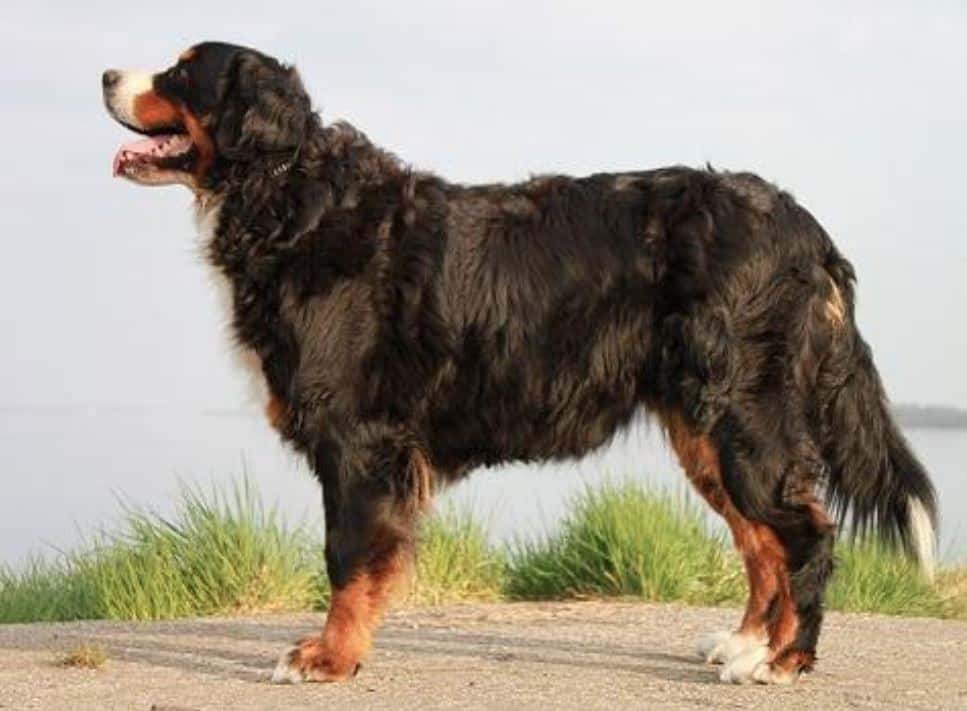
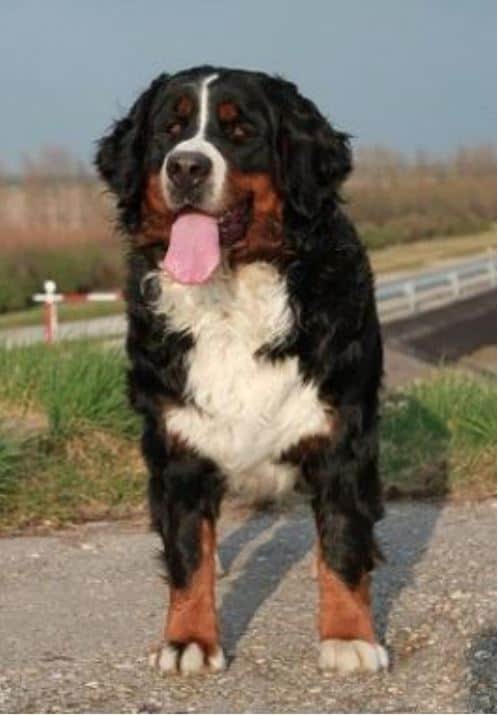
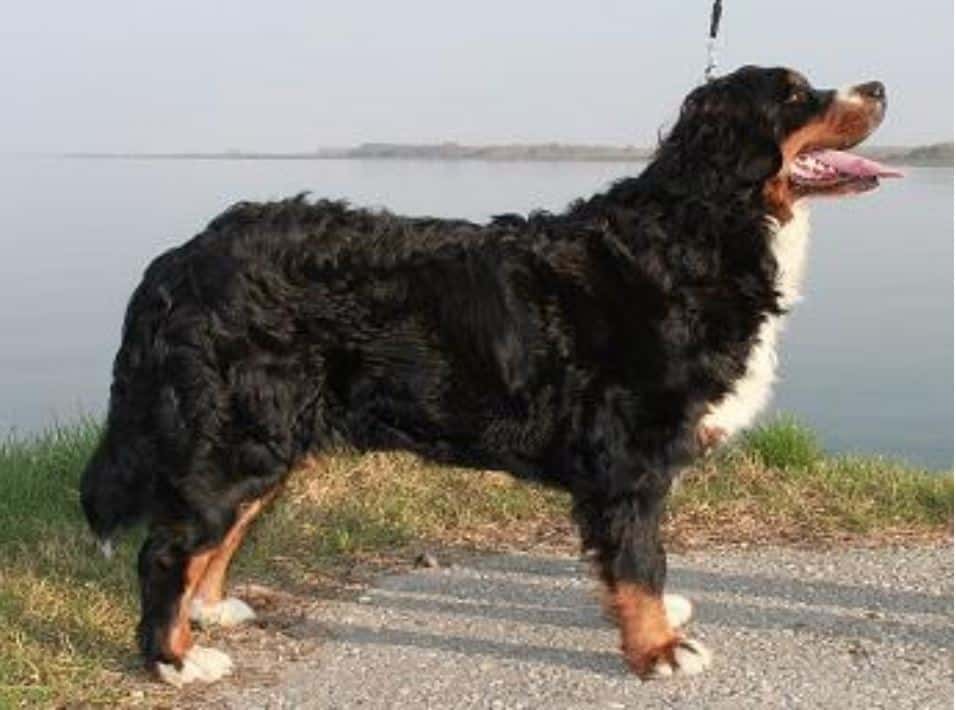
Dog’s attitude – incorrect
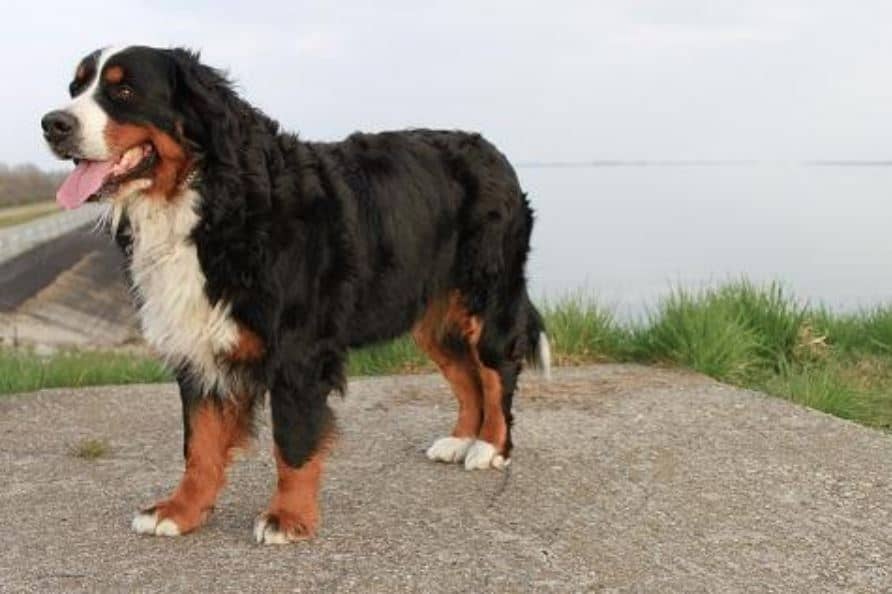
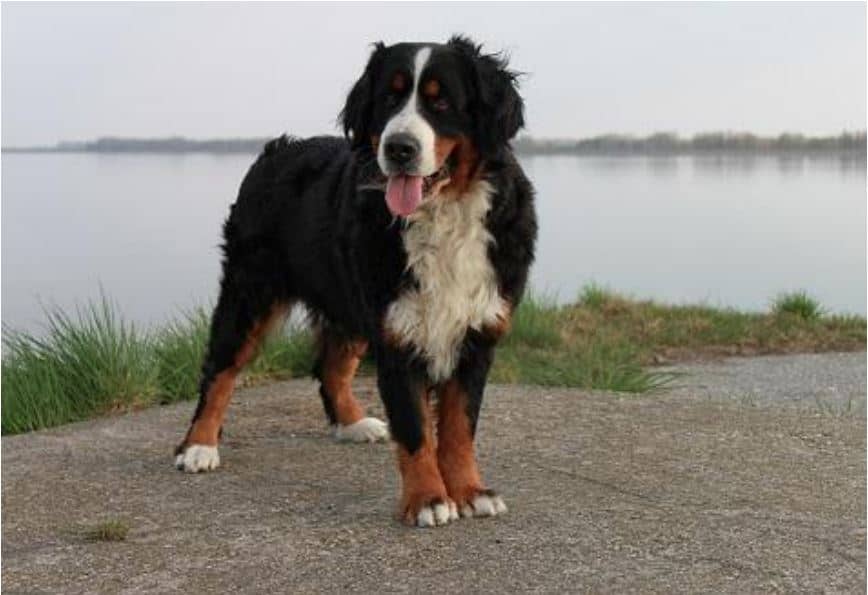
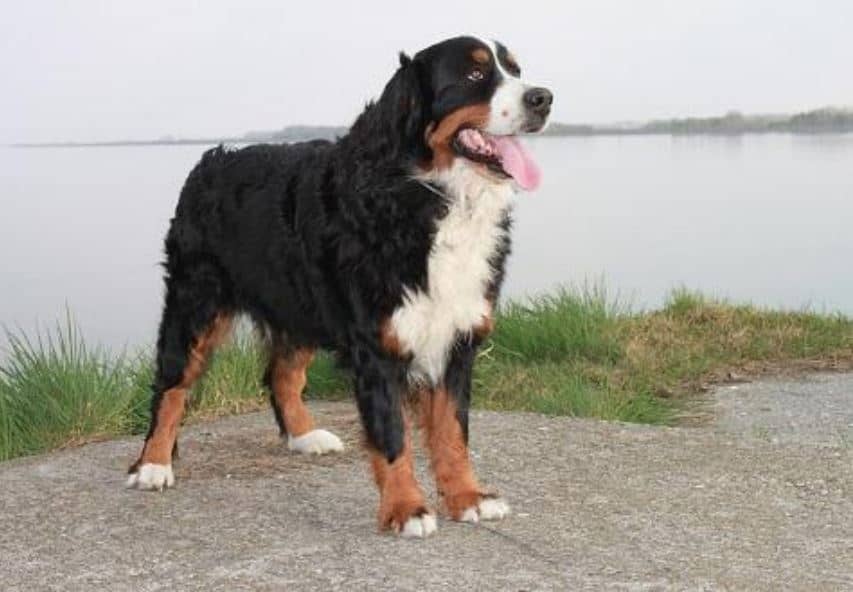
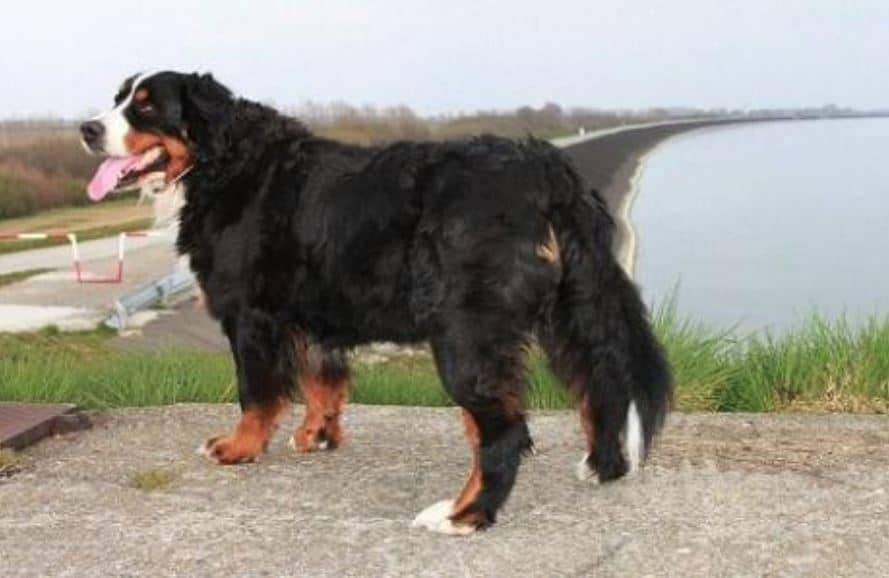
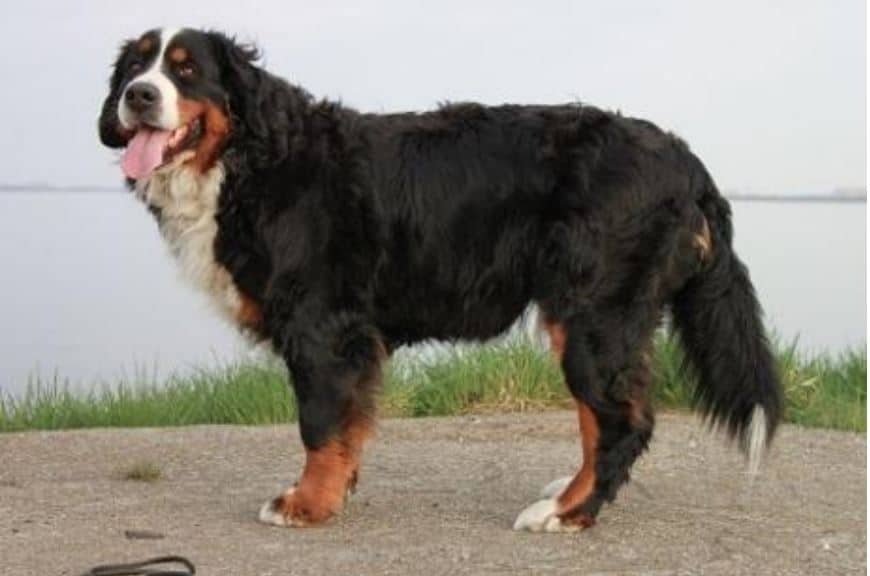

Dogs in a circle:
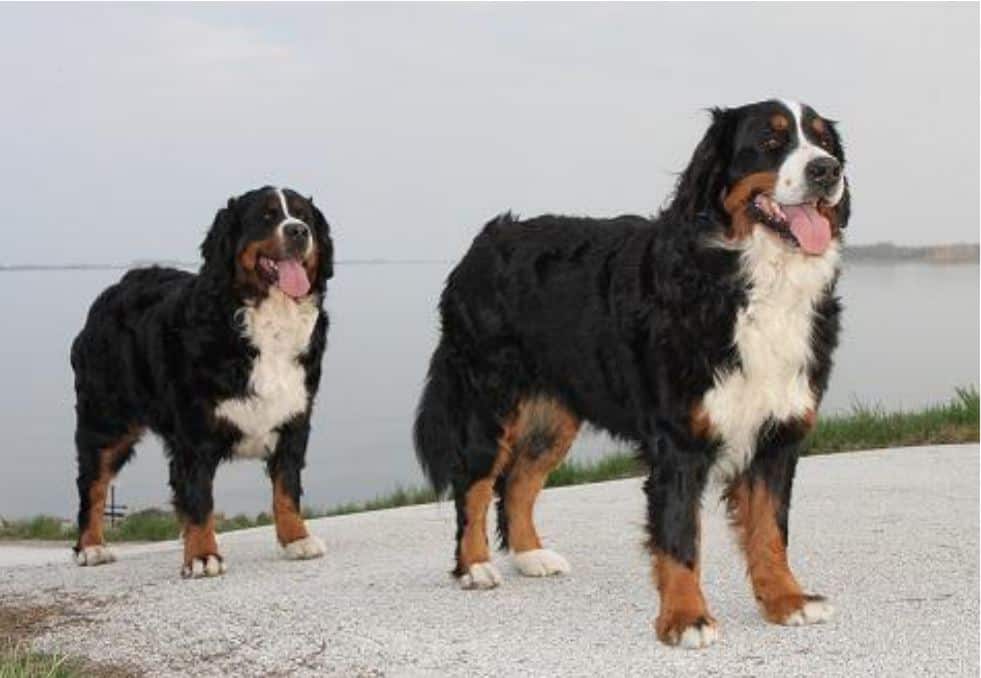

Pair presentation of dogs:

4. Teeth
Train the showing of teeth from puppy onwards. The training takes the form of a game for a reward. The teeth can be shown in a sitting or standing position. Grasp the dog’s muzzle with both hands and gently lift the dog’s lips, from left and right. Finally, you show the bite, which should be scissor-shaped according to the standard /see. pictures/
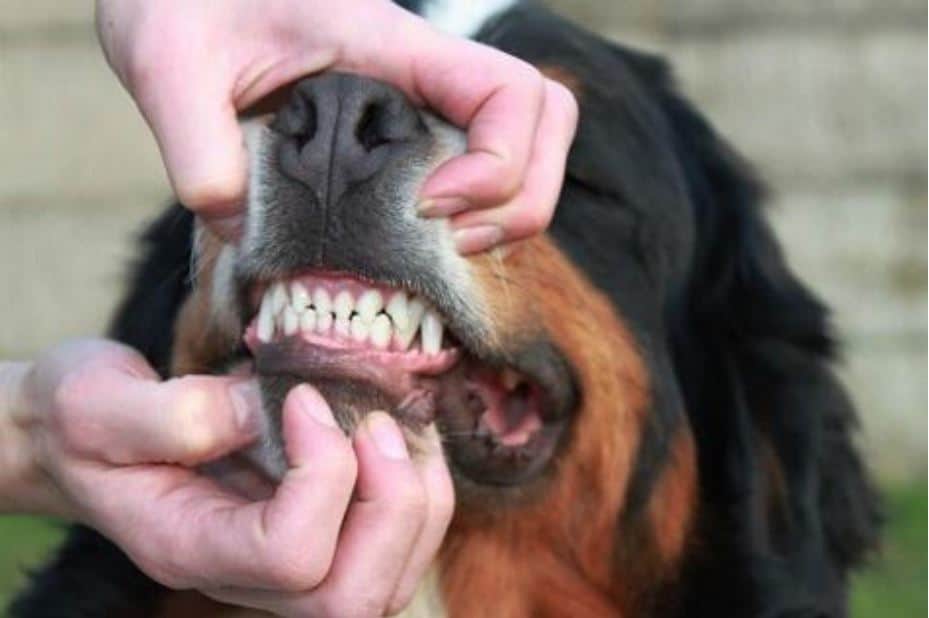
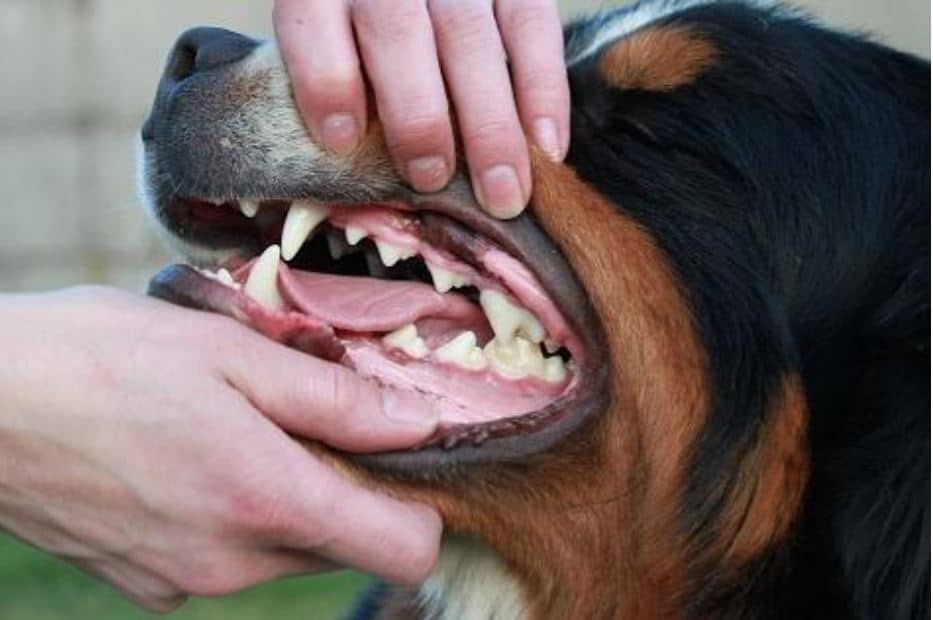
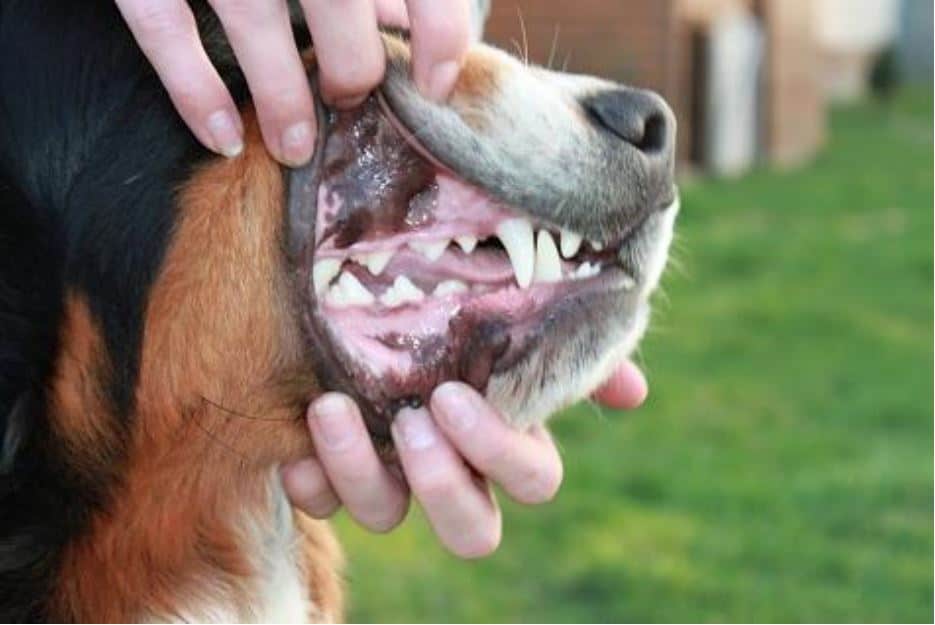
5. Movement
On the move, the dog shows off in a graceful trot. It is very important to match the pace of the dog with the handler. It is undesirable if the dog gallops or jumps.
Teach him again and again in a playful way, using only a gentle leash, how to run beside you with his head up without pulling.
It is not by chance that I put the emphasis here on the word “gently “. Even in the circle we sometimes witness something that borders on pride. Once you and your dog have mastered this part of the training, you should begin to combine stance and movement – similar to what will be required later in the ring. Eye contact between dog and handler is desirable.
The handler must also follow the referee’s instructions. In the ring, the dogs show off at the trot. Individually, it is possible to demonstrate up to:
“triangle” – the judge judges the dog from each side
“thesis” – the movement is judged similarly to the “triangle”
“i’s” – allows to judge the movement of the dog from the front and from behind
However, only really start when you feel that your dog has mastered both exercises individually, otherwise you might confuse him.
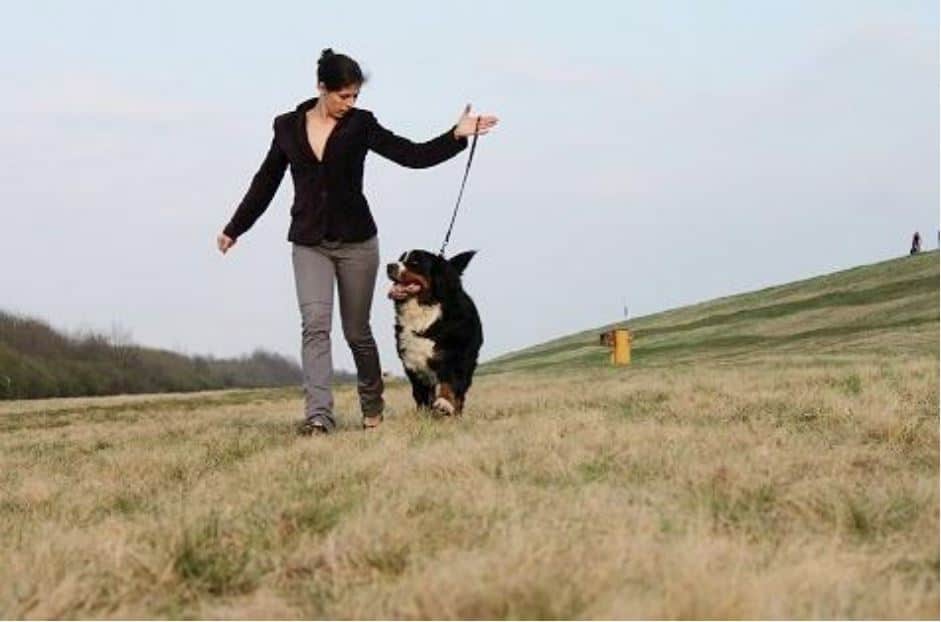
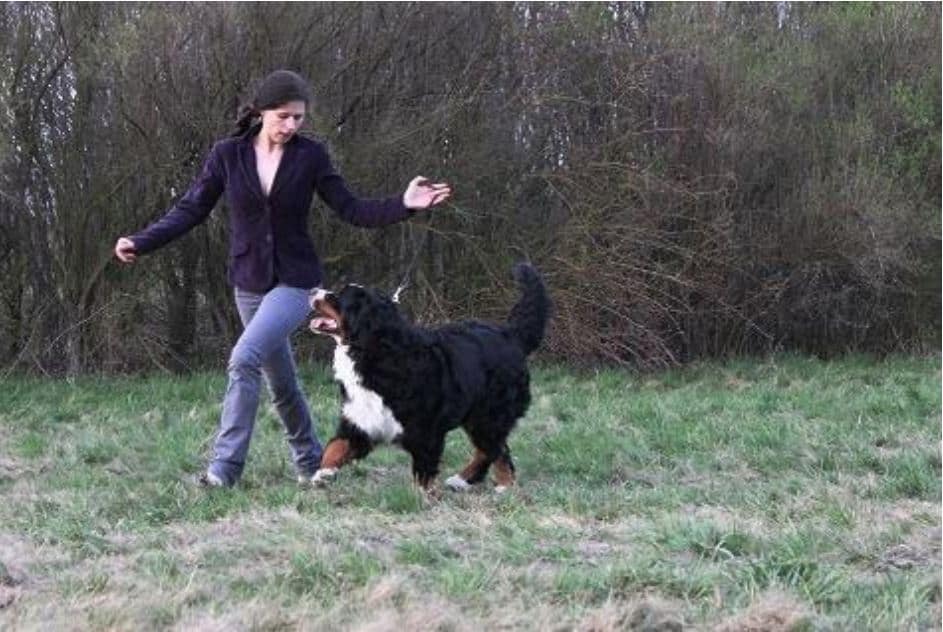

6. External conditions
The circumstances under which dog shows are held can be significantly different. They can be held indoors or outdoors (in unpleasant heat, in cold weather, even in the rain).
The floor in the hall can be smooth or carpeted. Outside, there are circles on short-cut or trampled lawn, but also on asphalt and concrete.
The atmosphere in the hall is often very busy. Outside, there may be unusually disturbing noises in strong winds, such as landmarks falling or sails flapping.
Your dog should get used to all these circumstances as soon as possible.
Get ready to show it in a variety of conditions. Whenever possible, take your dog with you into town or to the train station to get him used to different situations as well as to travelling by car.
However, even here “shock therapies” are not desirable. Get him used to everything slowly and gradually increase the demands.
Never forget to constantly praise and encourage your dog. The trust he will gradually build up in you is absolutely essential and will help him to overcome the fear or insecurity that is quite natural in such extreme situations. With your support, he will manage to manage everything without any problems.
Then, when your dog has learned over time everything he will need in the future, it would be advisable to try everything “for real” at a real show.
7. What to bring to the exhibition?
- Proof of origin of the dog /PP/
- Vaccination card or pet passport – with valid vaccinations!
- Entry show sheet
- Pockets for dog excrement
- Show collar or leash /show collar, or nylon or leather set…/ not suitable ordinary collar and leash on which you walk your dog
- Aids for coat grooming
- Water bowl
- Pay cuts
accessories for added convenience:
- Blanket, possibly a foldable nylon kennel for the dog
- Folding chair for the owner
- Camera for documenting dog’s achievements
- and last but not least – good mood!
Good luck and show success wishes you
Mgr. Nikoleta Sandtner
SKŠSP President 2011 – 2014
• thanks for the cooperation in the preparation of the exhibition manual goes to:
Adriana Jergušová and Zuzana Pirošková
[/et_pb_text][/et_pb_column][/et_pb_row][/et_pb_section]



